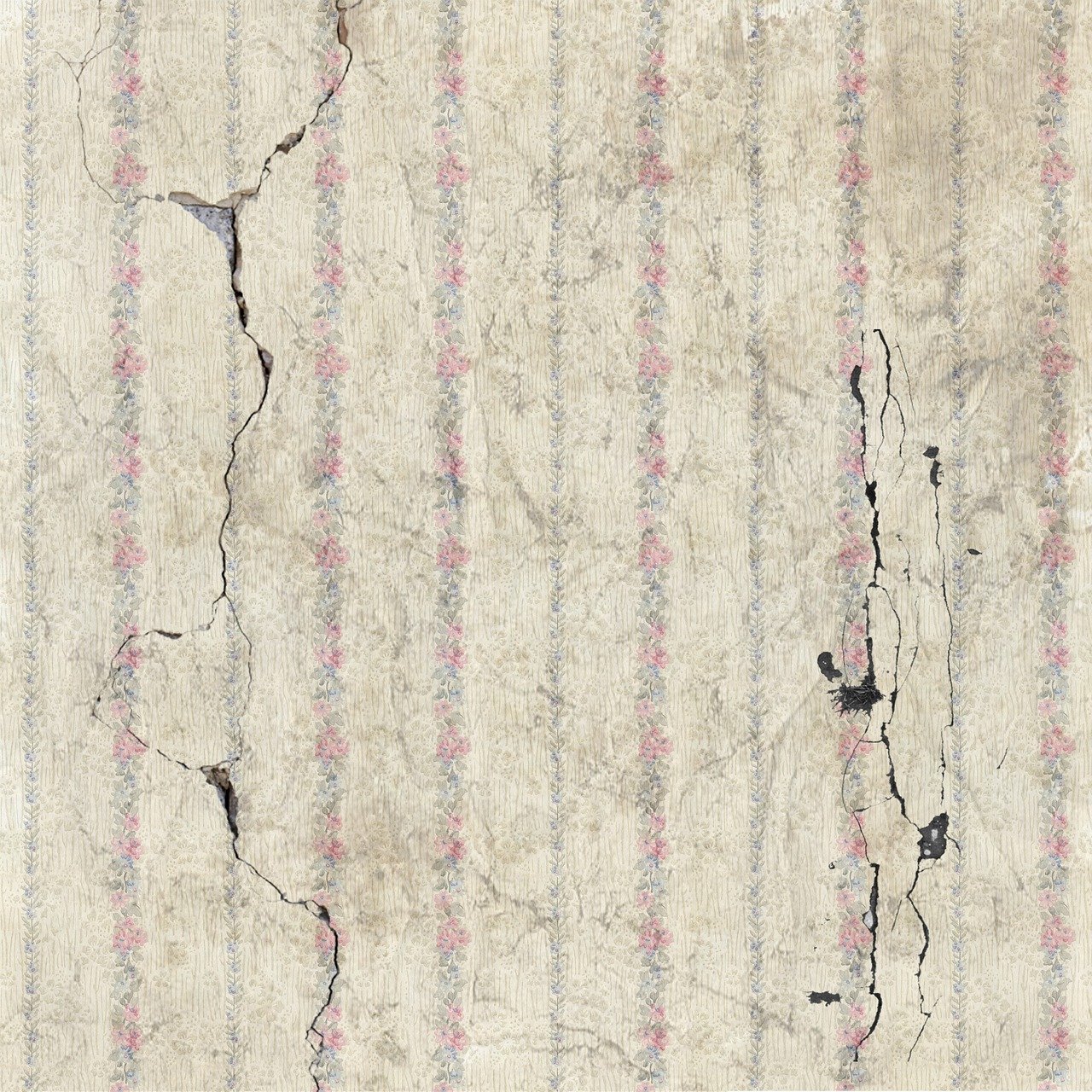Mold and mildew are concerns for anyone, but they’re particularly problematic for commercial building owners. That’s because exposure to indoor mold can prompt a range of allergic reactions and health issues. If you aren’t careful about banishing mold from your property, you could be causing harm to people with asthma or immune system problems. Even people who aren’t sensitive to mold can develop symptoms after prolonged exposure. That means that for a commercial building owner, all your employees could be at risk. What’s worse, when a problem starts, it can spread like wildfire. So, how can you stop mold from growing in a commercial space?
Reasons for Mold Growth in a Commercial Building
Mold in a commercial building is primarily the outcome of uncontrolled moisture. Excess moisture may result from a loose pipe fitting or a leaking roof. Spores from outside may also find their way into the building through cooling and heating units, air systems, and more. Once mold enters a building, it sticks to more organic surfaces like wood, paper products, and upholstery (but it doesn’t discriminate and can attach itself to a range of objects).
Some moisture issues in commercial buildings also link to the modifications in building construction methods during the ‘70s, ‘80s, and ‘90s. Various changes led to builders constructing tightly sealed buildings that lacked adequate ventilation – the perfect environment for mold and mildew.
6 Ways to Prevent Mold Growth in Commercial Buildings
According to the CDC, exposure to mold can cause everything from chronic lung conditions to itchy eyes, nasal congestion, and upper respiratory infections. If exposure continues over time, the problem often becomes worse, putting building owners under significant strain. Fortunately, there are steps you can take to remove and prevent mold in commercial buildings. Eliminate the risks linked to mold with these steps.
1. Stay vigilant
Mold isn’t always obvious straight away. Sometimes, spores begin to spread and grow before you notice them. In many cases, a mold infestation can appear in areas that you don’t always pay attention to, such as underneath sinks and around window frames.
To reduce your risk of a problem growing without your knowledge:
- Plan to inspect your property for mold regularly.
- Pay special attention to areas where dampness might occur, such as in the corners of ceilings, within cupboards, under carpeting, and around walls.
- Consider employing janitorial staff to help with your investigations if you have a larger building.
Also, do not touch any mold without gloves, and make sure to wear a respirator or mask when breathing around mold spores.
2. Repair problems fast
Cracked foundations and leaky roofs might get a quick patch up, but you may not implement any long-term changes rightaway. Unfortunately, the longer that you leave problems unattended, the worse they can become.
Seal your windows, check door frames for gaps, and make sure that you repair any issues as quickly as you can. Always try to catch water damage and leaks in particular before the added moisture can cause long-term damage.
3. Minimize the risk of cross-contamination
When commercial building owners take the DIY-approach to mold cleanup, they often make the mistake of not setting up a containment area as they are scrubbing. However, once you start wiping or cleaning the fungus, the spores become airborne. This means they can easily transfer to other areas in your building and contaminate those spaces.
Fortunately, you can always call in a professional Davis County mold cleanup specialist to set up a negative air flow environment with containment areas to block the spread of mold spores.
4. Minimize moisture
Mold thrives on moisture. The more excess dampness you have around your commercial building, the more chances you have of ending up with a mold problem. Fortunately, Utah enjoys a dry climate, but other factors can contribute to a humid environment in your building. You can always bring in dehumidifiers to reduce your risk level if moisture is building up. You could also investigate running small dehumidifier units in basements and attics where moisture accumulates.
Remember to check windows and doors for condensation build-up too. If you see a lot of moisture here, this could be a sign that you need new windows.
5. Service your HVAC unit
When running any building, it’s important to ensure that the HVAC system remains clean and in good condition. If your filters are clogged up with mold spores, then every time you turn the AC on, you’ll be blowing them around the building. Keep on top of your HVAC strategy by regularly cleaning out the ducts and filters according to the instructions provided by the manufacturer.
If you have a particularly complicated HVAC system, you may need to call a professional to come out and manage the maintenance for you.
6. Seek professional support
Finally, remember that every commercial building often has its own unique issues and requirements to consider. If you feel like your mold problem is getting away from you, and you’re concerned you can’t handle it alone, call in a Bountiful mold cleanup company, like The Disaster Company. We specialize in mold removal from residential and commercial buildings and can assist with ridding your property of any mold and residual spores.
Our team can also provide advice and guidance on how to prevent the build-up of mold in the future, so you’re less likely to need regular callouts. To schedule an inspection or get more information about our services, call 801-741-0000.

